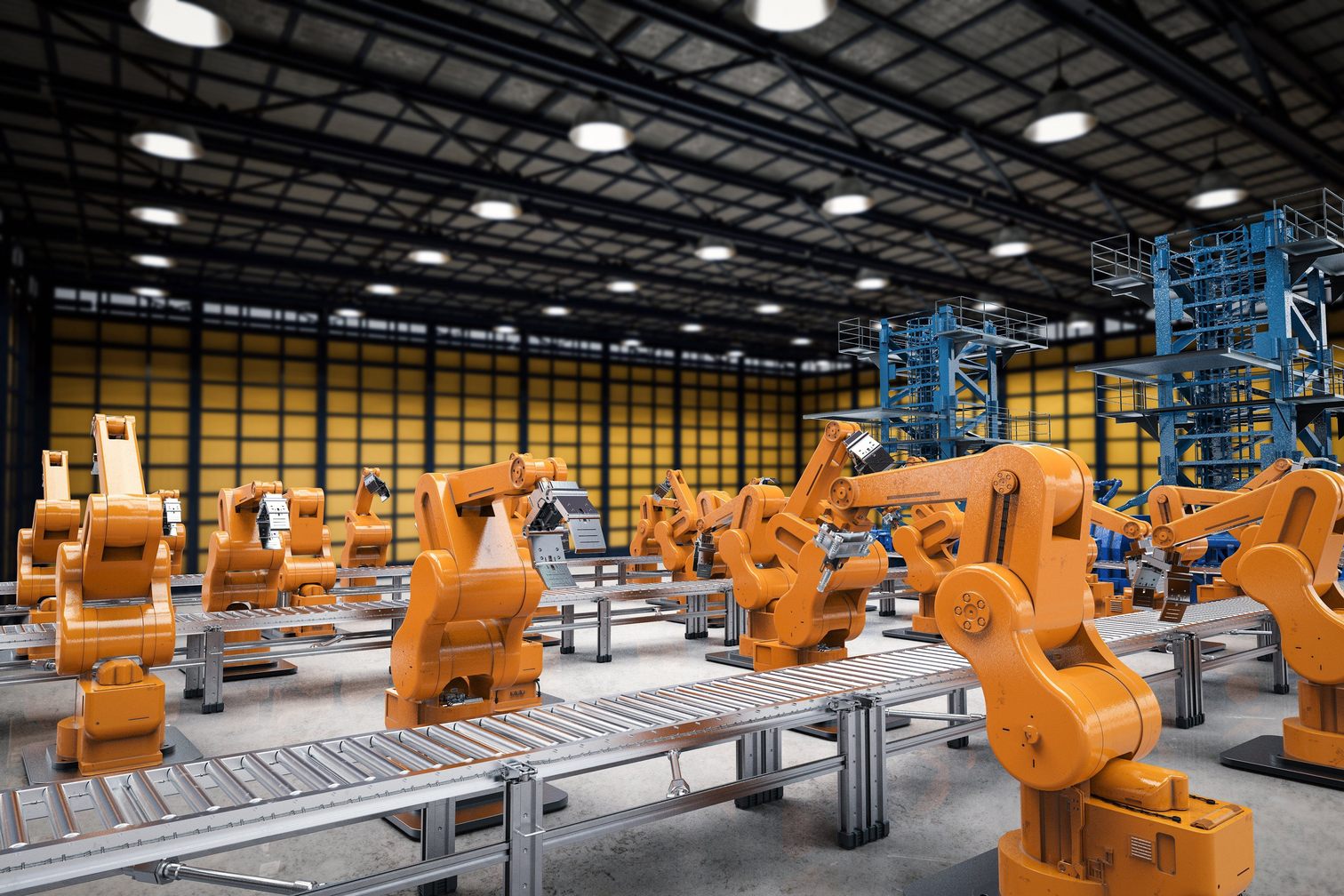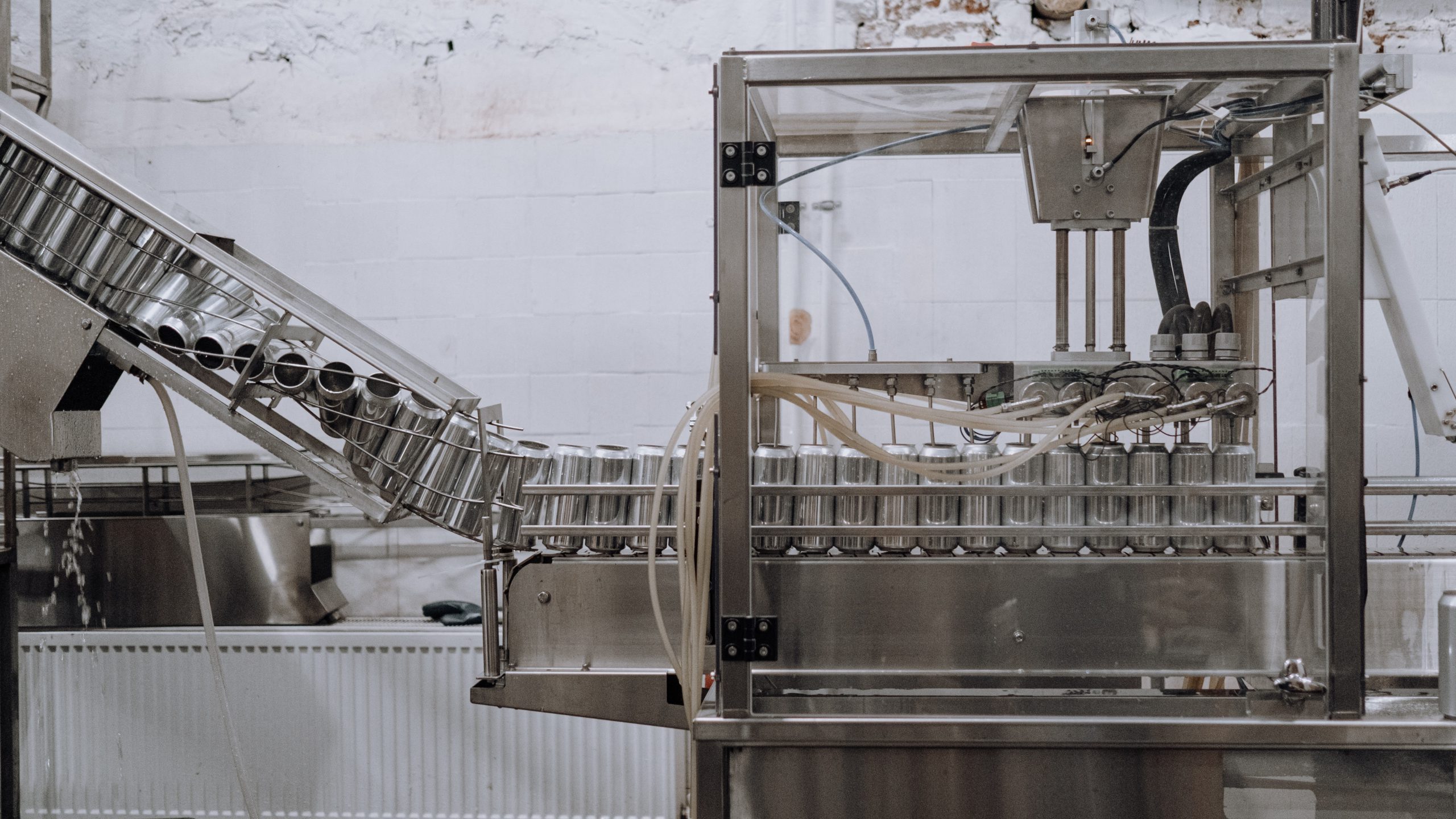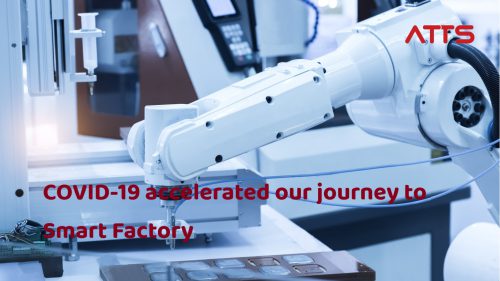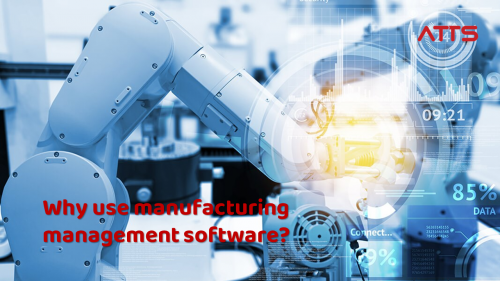4 things to consider before starting your automation journey
Today, automation has become a race for all manufacturing businesses, even the speed of automation and the rate of technology application are considered competitive factors among companies. Efficient automation can save time, reduce waste, lower costs, and increase accuracy. To start automating the manufacturing process, it is necessary to first answer the four questions below.

To start automating manufacturing, there are certain factors that must consider
1. Is automation suitable for your business?
Automation drastically changes the operation of a production line as well as the business activities. To assess the suitability of an automated business solution, it is essential that its impacts be considered. Is automation in line with your business model and goals?
And most importantly, you must think about the impact on the human resources of the business. Can your employees perceive automation technology positively? Can they work effectively and cooperate well with robots? Do they have the ability to operate and control automated system? There are many workers who still have a prejudice against robots, regard them as a threat to human jobs as well as are unskilled in technology.
Determining the suitability of automation for your business plays an important role, helping leaders make the right decision, come up with specific plans and solutions.
2. What stages will be automated?
Before starting, you should determine which stages will benefit from automation and assess which technologies are available. Based on different purposes, products, business industries, there will be appropriate automation technologies.
For example, electronics enterprises will apply automation in the process of material processing, quality inspection. Food and beverage businesses mostly use robotic systems in packaging. Besides, car manufacturers work with automated lines in welding, painting, assembly, etc. stages.
Read more: Top 5 automated robotics applications in the automobile industry
3. What resources are prepared for automation?
Automation is a type of technology, and investing in technology absolutely requires the enterprise to be financially well-prepared. Automating is a long journey, not as simple as buying a product. In addition to the costs for robot systems, machines, hardware equipment, software programs, it is necessary to take into account the expenditures for repair, maintenance, updates, and upgrading.
Furthermore, automating also requires investment in, restructure, and reallocation of human resources. Instead of manually performing tasks, humans now collaborate with robots. In order to work effectively, workers need to be equipped with technical knowledge and skills. It should be noted that, in the initial stage, companies should use as few machines as possible to limit the number of PLC languages employees need to learn. This will also reduce the occurrence of errors and make it easier to troubleshoot.

In order to work effectively, workers need to be equipped with technical knowledge and skills.
A suggestion is to hire external technical experts for training, improving knowledge and skills for internal engineers. This is called on-site training service, which often designs training through experimental operation and maintenance right on the system, production line at the customer’s factory to bring the most practical results.
4. Individual automation or simultaneous automation of the production line?

Both separate automation and simultaneous automation have advantages and disadvantages
Step-by-step automating takes a lot of time, often asking for patience. By doing every single stage properly, you will be surprised to see how your business improves little by little with automated applications. Separate automation also reduces financial pressures put on leaders and gives employees time to adapt to changes in their working processes.
Simultaneous automating can be considered as a form of overall planning. This increases coordination between steps, reducing the amount of work to be done to move small processes into a larger picture. In the long term, this is a more profitable option for businesses. However, not all businesses can spend such a large amount of money at a time investing in automation. At the same time, this also leads to a big change in manpower and manufacturing process, thereby is difficult to adapt immediately.
The above are the most basic factors that need to be considered before starting to conduct automation in a manufacturing business. To make the right decision, you can ask for the help of experienced professionals. With the mission of always accompanying and providing services that best suit the actual needs of customers, ATTS Vietnam (Autotech) is a trusted partner for technical solutions and automation services.
Learn more about ATTS services:
https://atts.com.vn/services.html
Follow us:
https://www.facebook.com/atts.com.vn
https://www.linkedin.com/company/atts.com.vn/




